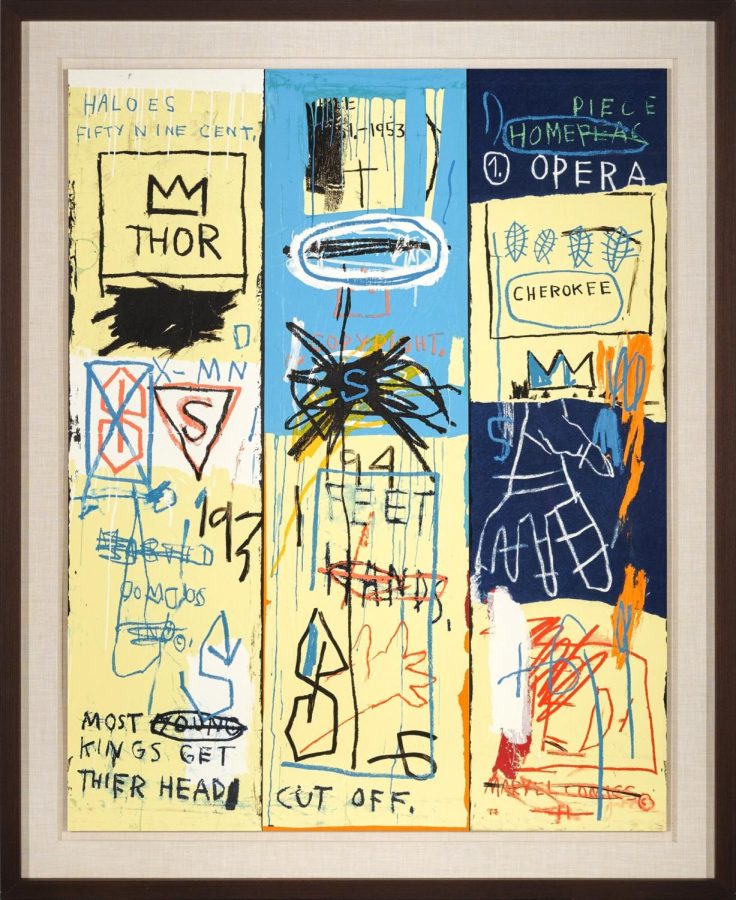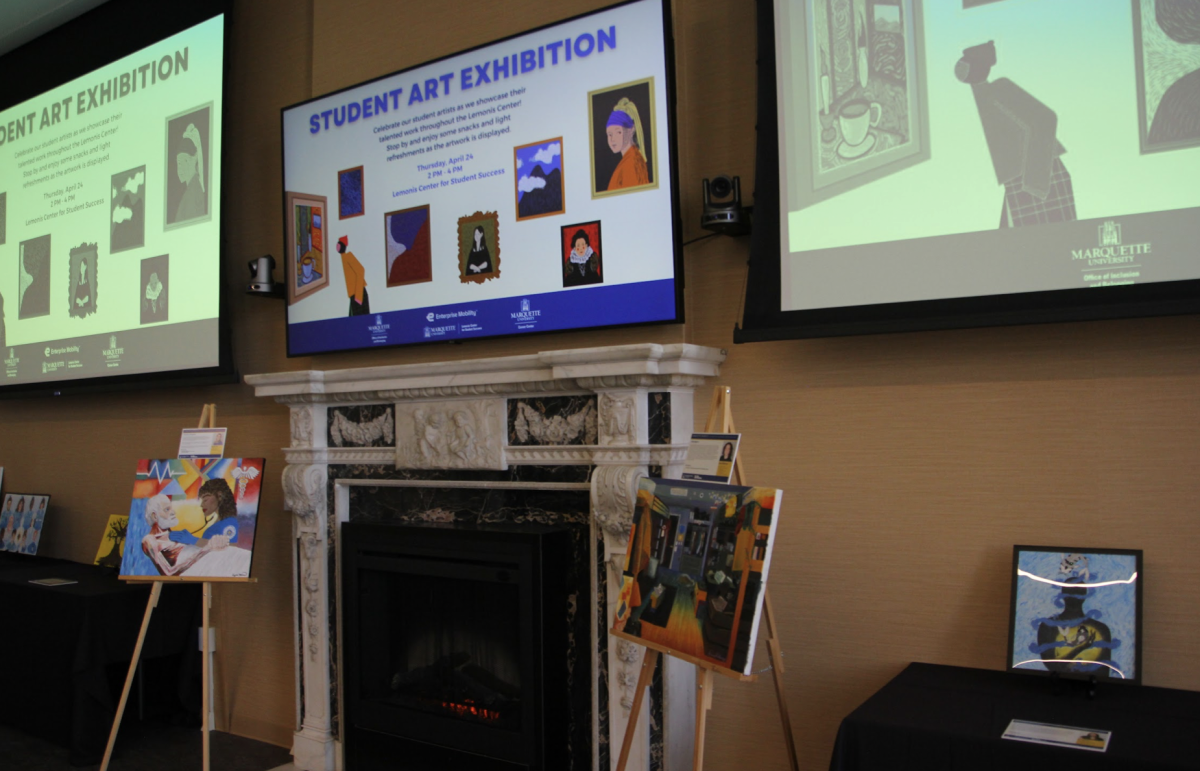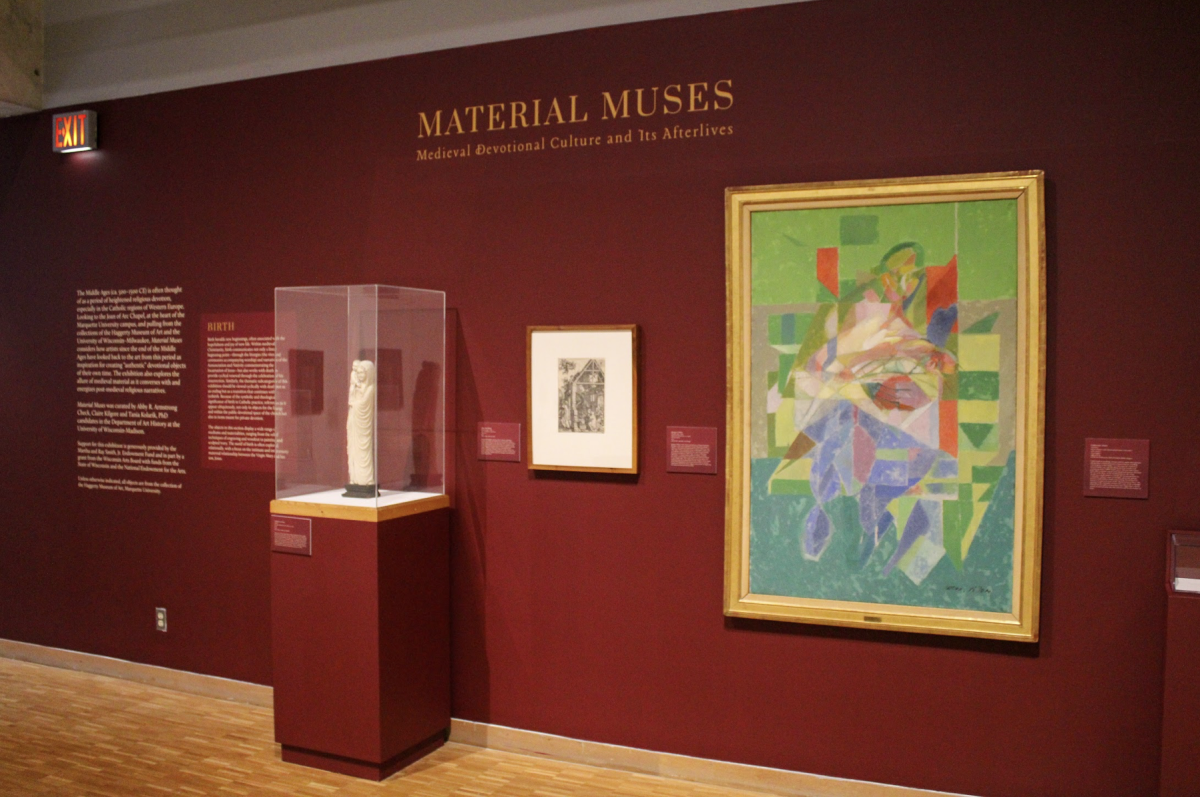In today’s material art climate, a sculpture by the highly renowned artist Claudia Comte would be indiscernible to many from a desk ornament at HomeGoods.
Most readers may have no idea who Comte even is. Due to an oversaturation of art in the technological age, there is very little space for an artist, in a material sense, to gain popularity.
The fragility of the art scene was recently shown through the historical rise and fall of NFTs or “Non-Fungible Tokens” over the past few years. NFTs are digital assets, often in visual form, that you can purchase and “own” through blockchain technology. NFTs began as a way for independent artists to create exclusivity and give value to their work. However, the scheme was quickly taken over by those who only saw them as a financial investment. The attention was taken away from the value of the art and buyers only focused on the fluctuating dollar value and treated them like stocks.
Both aspects of the transaction, the artists and the collectors, quickly became commercialized and lost authenticity. Ironically, those who touted their ever-increasing valued NFTs were met with a harsh reality check via the rapid decline in value for NFTs over the past few months.
NFTs represent the opposite of what art should be — a personal form of self-expression that is meant to be shared and not to be owned exclusively.
Although there isn’t one specific benefit that art has for all of humanity, it is the non-monetary value that individual people find for themselves that makes art impactful.
At the turn of the decade in 1980, New York City had a young and vibrant art climate that was much more true to what art’s societal purpose should be. “The Times Square Show” in 1980, held in the then dilapidated and crime-ridden city, ran for 24 hours a day, seven days a week throughout the month of June. Artists set up canvases, projectors and sculptures in many of the abandoned buildings throughout the blocks of NYC for the public to come and observe the sharing and collaboration of their work.
This exhibit was filled with the budding artists that would go on to be notorious for their work in the surrounding area. The show included everything from the paintings of Keith Haring and Jean-Michel Basquiat to the underground films of Jack Smith.
The parlors and buildings were filled with painters, poets, directors and sculptors as they displayed art, created new works and often collaborated with other artists as well.
Many of these artists would go on to have million-dollar works and nationally recognized installations, but in this exhibit, they were there to do nothing but share their talents. Such high-value art as this is rarely seen by the public in today’s world at anything less than an exclusive black-tie gala with an elite guest list. Regardless of whether the artist was the next big thing or just a kid with a canvas, all the art was shared with any who wished to see it.
Most importantly, all of these works represented something. Haring, although his art was cartoonish at first glance, depicted his thoughts on the human condition and sexuality.
This is what the NFTs lacked — expression and uniqueness. There is no bravery in creating an ape-wearing Pit Vipers, especially when they are being mass-produced only to act as a temporary investment. True art stands for something, and can communicate emotion while transcending language.
In contrast to this, art can be beautiful simply because it is beautiful. If a painting catches your eye, or even a crumpled flyer on the street, this is all art in its truest form. Not because of its monetary value, but because of its value to you.
Many fear that when creating material art, there will always be someone better, or that they will never live up to legends such as the aforementioned. When artists overcome this fear, they will often find that their work will take meaning in someone else’s eyes as well. Even if it is only one other person who feels something, and even if that message is unique to that viewer, the art now has true value.
This story was written by RJ Siano. He can be reached at rj.siano@marquette.edu.
Story continues below advertisement








